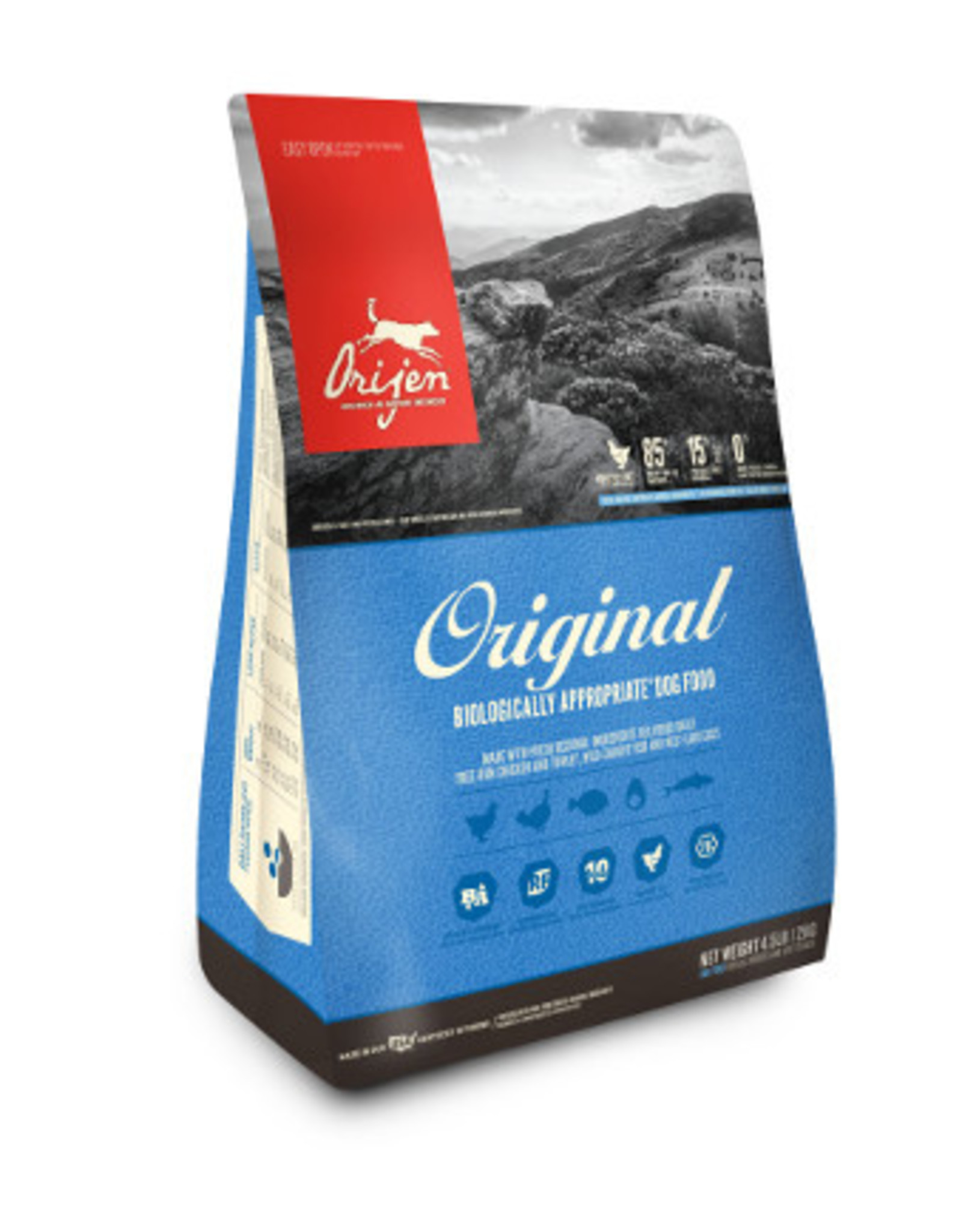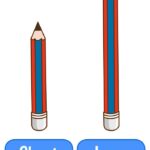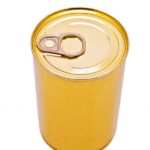Is Orijen a Good Dog Food? Comprehensive Review, Nutritional Insights, and How to Choose the Best for Your Pet

Introduction: Evaluating Orijen Dog Food
Pet owners increasingly seek premium nutrition for their dogs, and Orijen is often recommended as a top-tier dry dog food. But is Orijen a good dog food for your pet? This article provides a thorough analysis of Orijen’s ingredient quality, nutritional composition, real-world performance, and practical guidance for dog owners evaluating their options. We address all major claims and questions associated with Orijen, drawing on verified expert reviews and industry standards.

Source: herepup.com
Ingredient Quality and Sourcing
Orijen dog food is distinguished by its focus on high animal protein content , with most recipes listing five fresh or raw animal proteins as the first five ingredients. The brand claims over 85% of its content is animal-based, including poultry, fish, and organ meats. Secondary ingredients such as red lentils and whole chickpeas contribute additional nutrients, like B vitamins, calcium, and iron [2] .
Orijen is transparent about its ingredient sourcing, avoiding artificial preservatives and genetically modified fruits or vegetables. However, some recent formula changes have introduced more meat meals, and ingredient splitting has been noted by reviewers. This means that while Orijen remains a leader in whole-prey nutrition, owners should periodically verify current ingredient lists directly from the manufacturer or trusted pet food review sites [1] .
Nutritional Profile and Analysis
Orijen’s nutritional analysis sets it apart from most commercial dog foods. Typical guaranteed analysis for Orijen Original includes 38% protein, 18% fat, and about 24% estimated carbohydrates . Fiber content is listed at 4%, supporting digestive health. These levels are considered highly beneficial for active adult dogs, working breeds, and puppies requiring substantial protein for growth. The recipes are formulated to meet or exceed AAFCO standards for various life stages, including puppy, adult maintenance, and all life stages [2] .
Recent reviews confirm that the first 10-12 ingredients in Orijen’s dry food lines remain animal proteins and organs, followed by legumes and produce. The addition of extra vitamins and minerals is intended to round out the nutritional profile. However, some reviewers caution that a long list of additives may indicate reliance on supplementation rather than whole food nutrients, which could be a concern for pet owners seeking the most natural nutrition [3] .
Real-World Performance and Owner Experiences
Orijen continues to receive high marks from pet owners and independent reviewers for ingredient quality and pet health outcomes. For example, the Dog Food Advisor rates all ten Orijen dry recipes at five stars, citing high-quality animal protein and lack of artificial additives. Many owners report improved energy, coat quality, and digestive health in dogs fed Orijen [2] .
However, it is important to note that some formula changes have led to concerns among long-time users, particularly regarding the inclusion of meat meals and ingredient splitting. Additionally, Orijen is among the most expensive dog foods on the market. Some owners have experienced supply issues, especially in regions outside North America, and have sought comparable alternatives when Orijen was unavailable [1] .
Comparing Orijen to Other Premium Dog Foods
When evaluating Orijen against other premium brands, consider the following criteria:
- Protein Source and Content: Orijen excels in animal-based protein, while some competitors may use more plant-based sources.
- Ingredient Transparency: Orijen provides clear sourcing information and avoids artificial preservatives.
- Nutritional Completeness: Orijen recipes generally meet AAFCO standards for all life stages, with added vitamins and minerals.
- Price and Availability: Orijen is typically more expensive and may not be available in all markets. Owners seeking similar nutritional profiles may consider brands that focus on whole-prey ingredients and high protein levels, such as Acana or Wellness Core.
For those unable to access Orijen, it is recommended to look for dog foods with named animal proteins as the first ingredients, low carbohydrate levels, and minimal artificial additives. Always consult your veterinarian or a certified pet nutritionist for personalized recommendations.
Potential Challenges and Solutions
Cost: Orijen is significantly more expensive than mainstream brands. Owners may consider supplementing with fresh foods or rotating with other high-quality brands to manage costs.
Supply Issues: Availability can vary, especially outside the United States. If Orijen is not available, search for local specialty pet retailers or reputable online suppliers.
Ingredient Changes: Formulas can change, sometimes with little notice. Owners should regularly check the manufacturer’s website and consult updated reviews to verify current ingredients.
Pet Preferences: Not all dogs respond equally to high-protein diets. Monitor your dog’s digestion, coat, and energy levels, and adjust as needed. If your pet has allergies or sensitivities, consult your veterinarian before switching foods.
How to Choose and Access Orijen Dog Food
If you decide Orijen is a good fit for your dog, consider the following actionable steps:
- Verify Product Availability: Visit Orijen’s official website or use established pet specialty retailers. In the U.S., you can find Orijen products on the manufacturer’s site [5] or at major retailers like Chewy and Petco (always verify product listings and authenticity).
- Consult with Your Veterinarian: Before making dietary changes, discuss your dog’s specific health needs and any breed-related concerns.
- Monitor Transition: Switch foods gradually over 7-10 days to reduce digestive upset. Mix increasing amounts of Orijen with your dog’s previous food.
- Regularly Review Ingredients: Check the ingredient list and guaranteed analysis for any changes. Reliable third-party review sites can help track updates.
- Consider Alternatives: If Orijen is unavailable, seek brands with similar protein profiles and whole-prey nutrition. Use search terms like “high protein dog food” or “whole prey dog food” on retailer and review sites.
Alternative Pathways and Search Strategies
If you experience difficulty finding Orijen, you can:

Source: pawtopia.net
- Contact local specialty pet stores for recommendations on comparable foods.
- Search for “Orijen dog food” on verified retailer websites and compare ingredient lists to ensure authenticity.
- Consult reputable review platforms such as Dog Food Advisor and Pet Food Reviews for up-to-date ratings and ingredient analysis.
- Ask your veterinarian for guidance on suitable alternatives if your dog has specific dietary requirements.
Key Takeaways
Orijen is widely recognized as a high-quality dog food with a strong reputation for ingredient transparency and nutritional performance. Its high protein content, whole-prey philosophy, and commitment to natural ingredients make it a benchmark in the premium pet food category. However, it is expensive, and supply or formula changes may require regular review by owners. Always consult with a veterinarian before making significant dietary changes, and use verified sources to access or compare products.
References
- [1] Pet Food Reviews (2022). Orijen Dog Food Review – Ingredients, nutritional analysis, user experiences.
- [2] Dog Food Advisor (2025). Orijen Dry Dog Food Product Review and Ratings.
- [3] Dog Food Reviews (2024). Orijen Dry and Freeze-Dried Dog Food Analysis.
- [5] Orijen Pet Foods (2025). Orijen Amazing Grains Original Dog Food Product Information.






